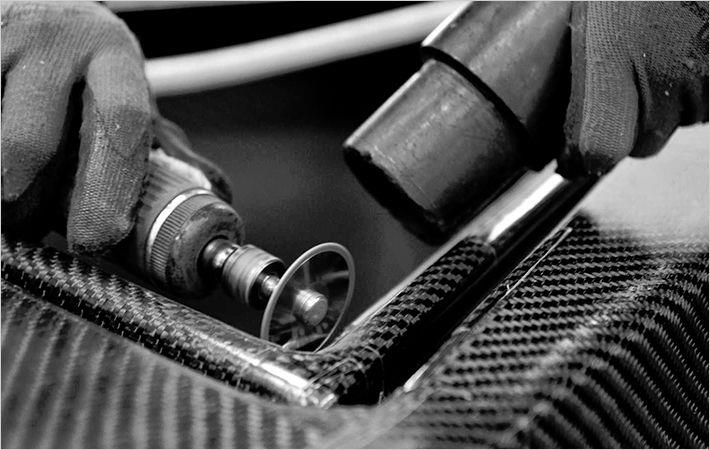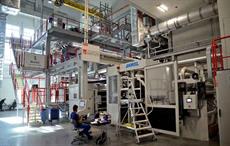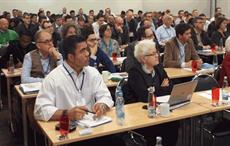NCMS, BMW, and the University of Delaware-Centre for Composite Materials have proved the accuracy of high-speed computing for modeling and simulation to predict the quality and effectiveness of a material that is both lightweight and safety-tested, in a research carried out under a two-year programme which involved government-industry-university partnership.
The effort demonstrated design, materials, manufacturing, and joining methods for continuous carbon fibre thermoplastics to meet automotive, industry, and government safety specifications. The programme involved regulatory agencies, original equipment manufacturers (OEMs), and material suppliers from the composite industry.NCMS, BMW, and the University of Delaware-Centre for Composite Materials have proved the accuracy of high-speed computing for modeling and simulation to predict the quality and effectiveness of a material that is both lightweight and safety-tested, in a research carried out under a two-year programme which involved government-industry-university partnership.#
The objective was to investigate the computational tools for the design, optimisation, and manufacture of carbon fibre materials for vehicle side-frame structures (in this case, B-pillar) subjected to high-velocity side-impact crash loading and to investigate and demonstrate the appropriateness of simulation methods and tools to adequately predict behaviour relevant for the assessment of vehicle safety.
A specific continuous fibre thermoplastic material, Carbon Fibre Reinforced Plastic (CFRP), is a preferred solution for reducing weight while maintaining safety requirements for vehicles. The team used this material to successfully design and impact test a lightweight, all-thermoplastic, continuous carbon fibre composite B-Pillar for automotive applications.
The B-pillar design was spatially optimised for energy absorption, stiffness, and strength while maintaining part producibility and vehicle integration. The resulting B-pillar is 60 per cent lighter than the existing metallic design while meeting BMW safety requirements for the NHTSA FMVSS214 side impact crash test.
Benefits discovered include validation of state-of-the-art Computer Aided Engineering (CAE) simulation tools for full vehicle to component impact data, development and demonstration of innovative production methods for multi-material parts including infusion and thermoforming tailored blanks with three minute cycle times, dvelopment and automation of adhesive bonding methods for dissimilar thermoplastic and steel interfaces, and achievement of energy savings through a 100 per cent recyclable infusion system with full recovery of the resin and continuous carbon fibre preform possible.
Five full-scale B-pillar assemblies were successfully impact tested under 100 per cent equivalent energy of the side impact crash test scenario at the University of Delaware – Centre for Composite Materials demonstrating composite behaviour. All B-pillar test subject performance metrics met or exceeded BMW safety requirements for NHTSA FMVSS214 side impact crash. (SV)
Fibre2Fashion News Desk – India


